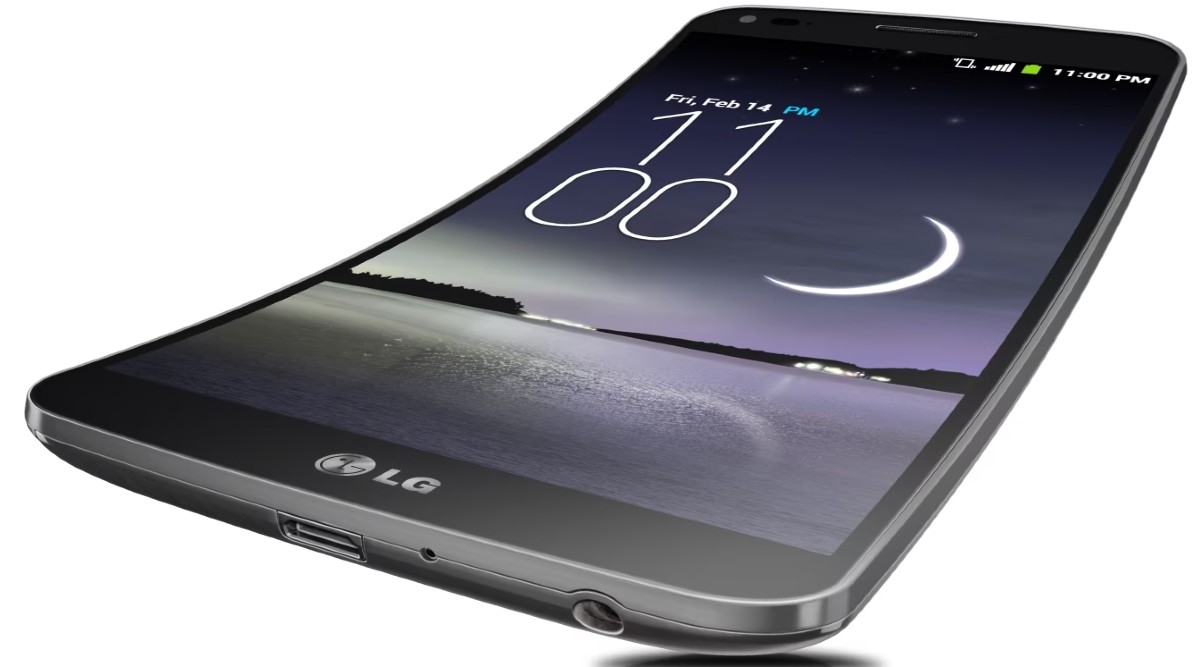Smartphones with self-repairable displays could arrive in the next five years, as suggested by the analyst firm CCS Insight. According to the report, phone brands are already working on new display types with a “self-healing” capability, featuring a “nano-coating” on the surface that, when scratched, can create new material by reacting with the air and moisture on the surface to fill the void.
In a report by CNBC, Chief Analyst Ben Wood suggests that self-healing display technology “is not in the realm of science fiction; it can be done.” However, the biggest issue in implementing this technology relies on setting the correct expectations among the audience.

Self-healing technology in smartphones isn’t a new concept. Back in 2013, LG announced its G Flex (review), a curved smartphone (entire body) featuring a back panel that could self-repair when damaged. However, LG did not share much information with the public on how this was achieved.
Most Read
Bengaluru: Traffic congestion witnesses a dip at KR Puram Junction after commencement of full operations on Metro Purple Line
Sonakshi Sinha says Salman Khan started laughing when he heard her first salary was Rs 3000: ‘He said buy me a gift’
According to Wood, there have been some new developments in display technology that could enable self-repairing features. However, it is important to note that this technology might not be able to fix a completely smashed display; rather, it would just fix minor day-to-day scratches.
Brands like Motorola and Apple have filed several patents related to self-healing display technology, which uses a shape memory polymer that, when exposed to slightly higher than room temperature, will automatically fix scratches and cracks on the screen. Apple is also speculated to feature a similar technology for its upcoming foldable iPhone.

Due to the higher cost of production, at least for the first few years, this technology could be limited to high-end flagship phones. As the technology matures, it might slowly trickle down to budget and mid-range smartphones over the years. For this technology to remain mainstream, phones featuring it should attain commercial success.
Source link
credite

